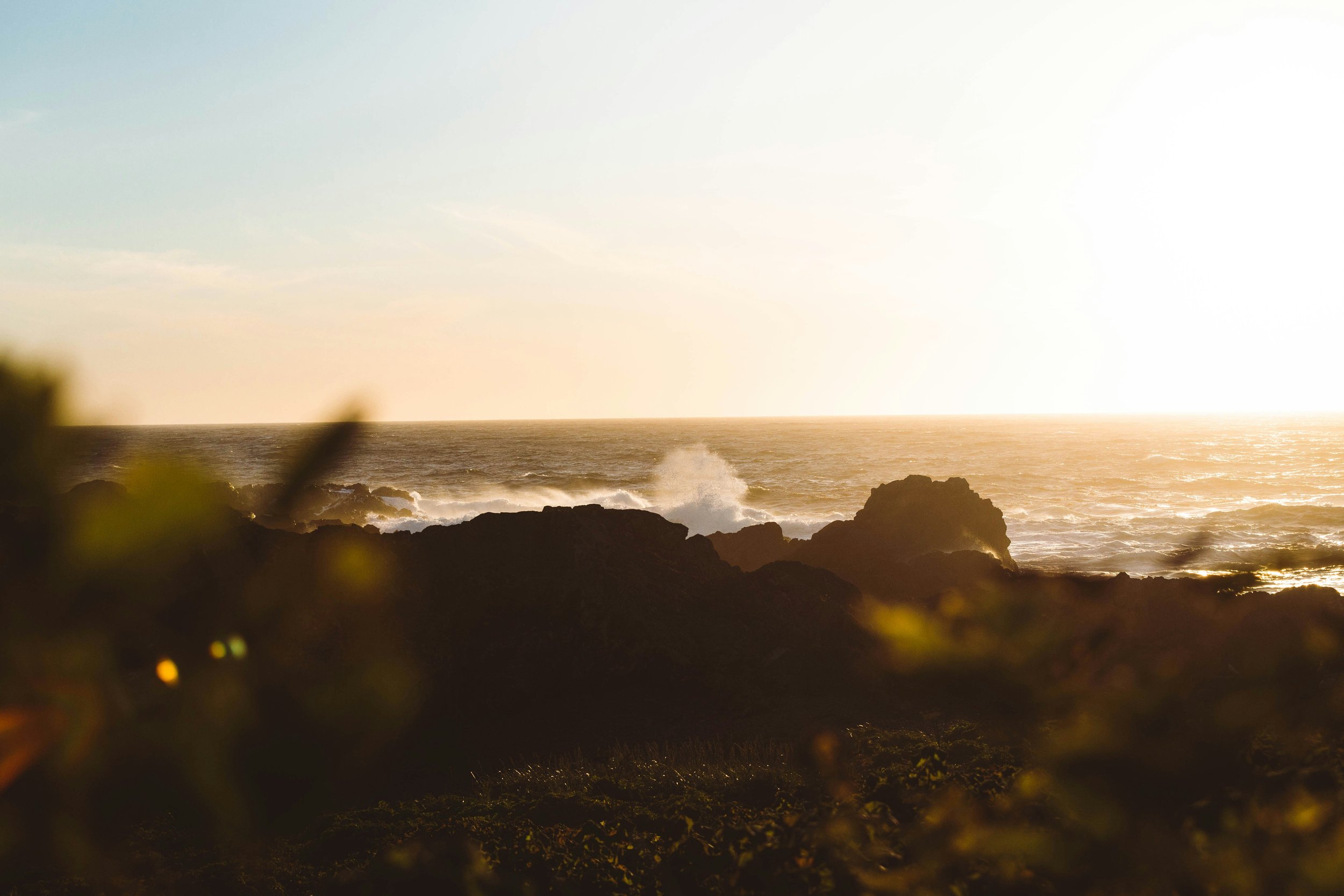
Waves: the Fall 2024 issue
From the Editor
Hello everyone, and thanks for dropping by to check out our fall 2024 issue—an exciting mix of critical and creative work.
We open with Ryan Tenner’s fascinating and “troubling” history of the Hoover Dam. Starting in the pre-colonial Colorado River region, Tenner details the Southern Paiute Indians’ resource management practices before tracing the impacts of European settlement from the 18th century to today. Supplementing his account with historic maps and images, Tenner argues that “federally sponsored infrastructure projects like the Hoover Dam have subdued the Colorado River, while simultaneously displacing Indian societies in the region and causing immense environmental destruction.” He concludes with reflections on how to address the megadrought.
Next, we present the first of two original and thought-provoking poems. Rahil Zaheri’s “Fog to a Cow” was inspired by an early morning drive to school. Struggling to make his way through a dense fog, Zaheri spotted a cow grazing in a roadside pasture and was amused by a certain irony: that he, with so much “knowledge and technology,” was struggling to navigate the world while “the cows were utterly content with themselves.” Zaheri’s poem captures both the humor and quiet mystery of this encounter. “Chewing cud, again, again, again, again,” the cows in this poem seem to know something we don’t.
Delaney Johnson’s ekphrastic poem “city blocks” is based in part on Bertram Hartman’s “City Blocks,” which Johnson saw during a visit to the Harn Museum of Art in Gainesville, Florida. While Johnson draws from Hartman’s portrayal of 1920s urbanity and alienation, she introduces musicality to her medium—both figuratively and literally in the form of musical notations. The poem is, in Johnson’s words, “a critique of man’s irresponsible vertical movement”—“an examination of the consequences humanity faces when it chooses this path instead of embarking on a horizontal walk with nature.”
In the final essay of the issue, Callen Morley critiques the normalization of bodybuilding supplements like creatine within gym culture. Morley addresses the problem from multiple vantage points, illuminating how poor regulation, loopholes in policy, and insufficient medical research have contributed to an increasingly dangerous bodybuilding culture and muscle dysmorphia in young men. Morley concludes with sensible solutions, from reforms to the Dietary Supplement Health and Education Act to innovative ways social media can be leveraged as a public health education and advocacy tool.
We hope you enjoy the issue and encourage you to submit your own work to Waves!
—Emily Bald, Editor-in-chief
History of the Hoover Dam
“The Greatest Dam in the World”: The Troubling History of the Hoover Dam and the Taming of the Colorado River, by Ryan Tenner
The Modern City
city blocks, by Delaney Johnson
Thoughts on a Misty Morning
Fog to a Cow, by Rahil Zaveri
College Gym Culture
Ambiguous Anabolic: An Analysis of Bodybuilding Supplements in College Gym Culture, by Callen Morley
Ryan Tenner
“This piece, initially written as a research essay for my American Environmental History class, resulted from an exploration into the history of the land that would eventually become home to the Hoover Dam. I spent several weeks in the University of Florida libraries gathering primary and secondary sources that, when pieced together, amounted to a chronology of the land beginning with Indian settlement and ending with the environmental crises found there today. I want this piece to instill in readers a better understanding of the social and ecological costs inherent to our continued expansion: economic growth is vital, but it must be placed within the context of the losses we face to achieve it.”
Rahil Zaveri
“During senior year, I drove my younger sibling and myself to school every day, and on the way, we would pass numerous farms and fields. One very foggy morning, I was struggling to see even twenty feet ahead of me, and as I drove, I caught a glimpse of cattle grazing to my right. It struck me as comical then that I, with all my knowledge and technology, was struggling to get to where I needed to go, whereas the cows were utterly content with themselves. This poem is an investigation into these thoughts.”
Delaney Johnson
“After taking a visit to the Harn art museum, I was inspired to write this poem. The poem was written with Bertram Hartman’s “City Blocks” in mind. As can be seen in the painting attached, this work of art from 1929 depicts a skyscraper in a large city. My poem is a critique of man’s irresponsible vertical movement; it is an examination of the consequences humanity faces when it chooses this path instead of embarking on a horizontal walk with nature.”
Callen Morley
“Athletics and weightlifting have been an integral part of my life which inevitably introduced me to the world of bodybuilding supplements. After consuming different products for several years, I was recently informed I suffered from hypertension. Products like creatine were contributing to this medical condition, even though researchers deem creatine as harmless. This project was born out of a pressing need to confront and address the complex issues surrounding the prevalent use of bodybuilding supplements among male college students.”



